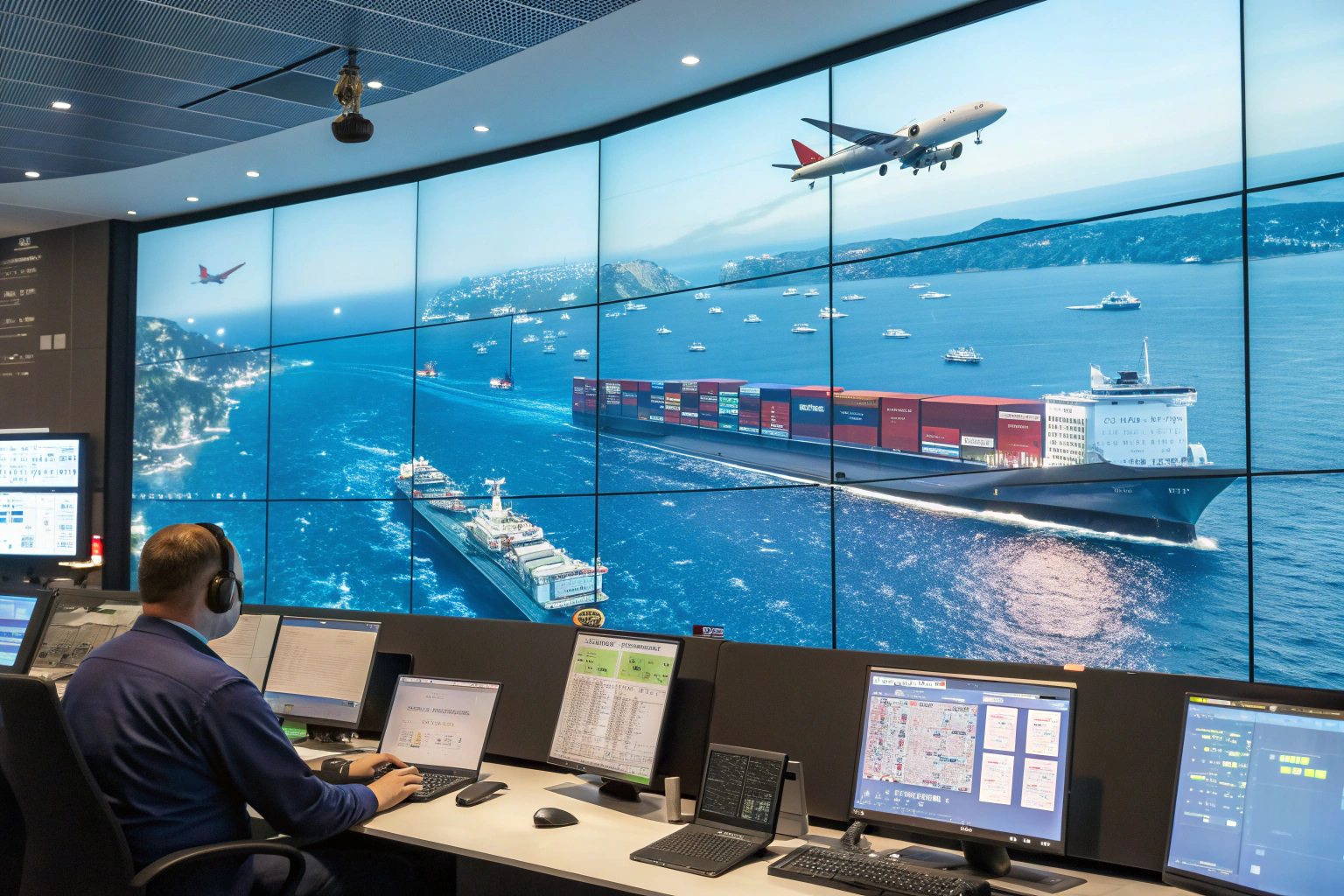Shipping goods across the world often creates one big problem: uncertainty. Many business owners worry about where their cargo is, how long it will take, and if there are any hidden delays. That lack of visibility can cause stress and hurt planning.
Today, freight forwarders offer practical tools and services that help you keep track of shipments step by step. With these systems, you can see where your goods are, how fast they are moving, and when they will arrive.
From my own experience managing exports between China, Europe, and North America, I can say tracking is not just technology. It is a promise of reliability. Let me walk you through the best ways to follow your cargo when you work with a freight forwarder.
What is real-time cargo tracking?
Waiting for a shipment without knowing its status can be stressful. You may feel unable to make clear decisions for your inventory or update your customers properly. This uncertainty is a common pain point.
Real-time cargo tracking means watching your shipment’s exact position and progress at every stage. From factory pickup in China to customs clearance and delivery in the U.S., it shows live updates so you always know what is happening.
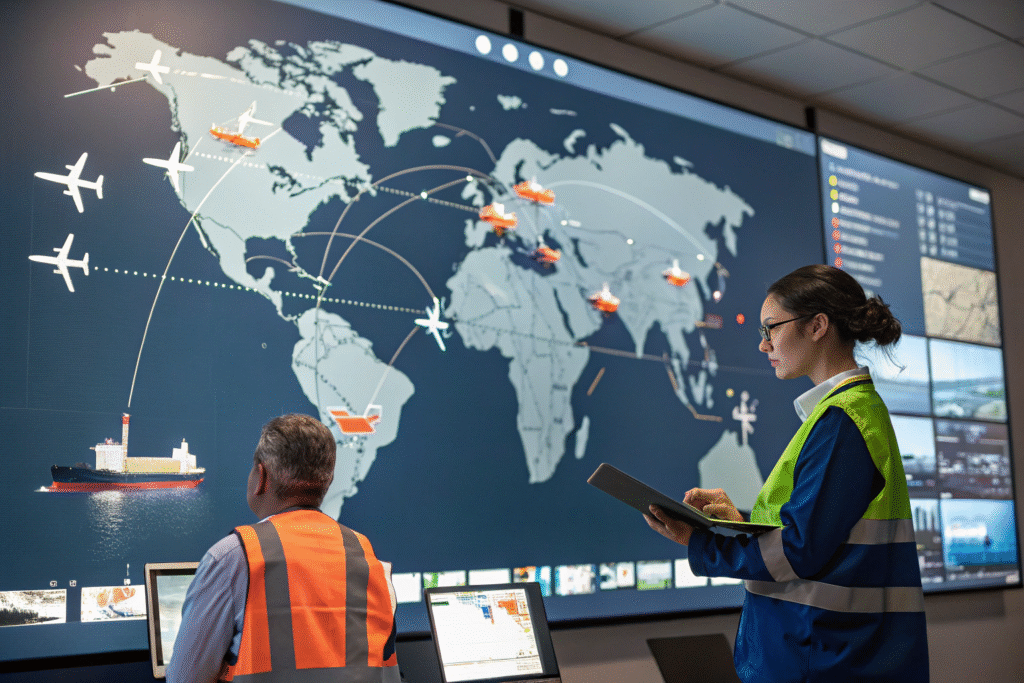
How do freight forwarders provide real-time updates?
Forwarders rely on logistics software, GPS, and port databases to share shipment locations. Many companies also offer online dashboards or apps where you log in and see updates. Platforms such as MarineTraffic show ship positions, while FlightAware tracks flights that carry air cargo.
Why is transparency important in logistics?
Being open builds trust between the freight forwarder and the buyer. With accurate data, you can plan your stock, inform your partners, and avoid disruption. Full tracking also helps reduce disputes, since the information is visible to both sides.
How can you track sea and air freight shipments?
Sea freight and air freight follow different patterns. Ocean shipping usually takes weeks, while air cargo may take just days. Without tracking, both can feel unpredictable.
Sea freight is tracked using container numbers, vessel numbers, or bills of lading. Air freight is tracked using airway bills or flight numbers. Freight forwarders provide these once the cargo departs.
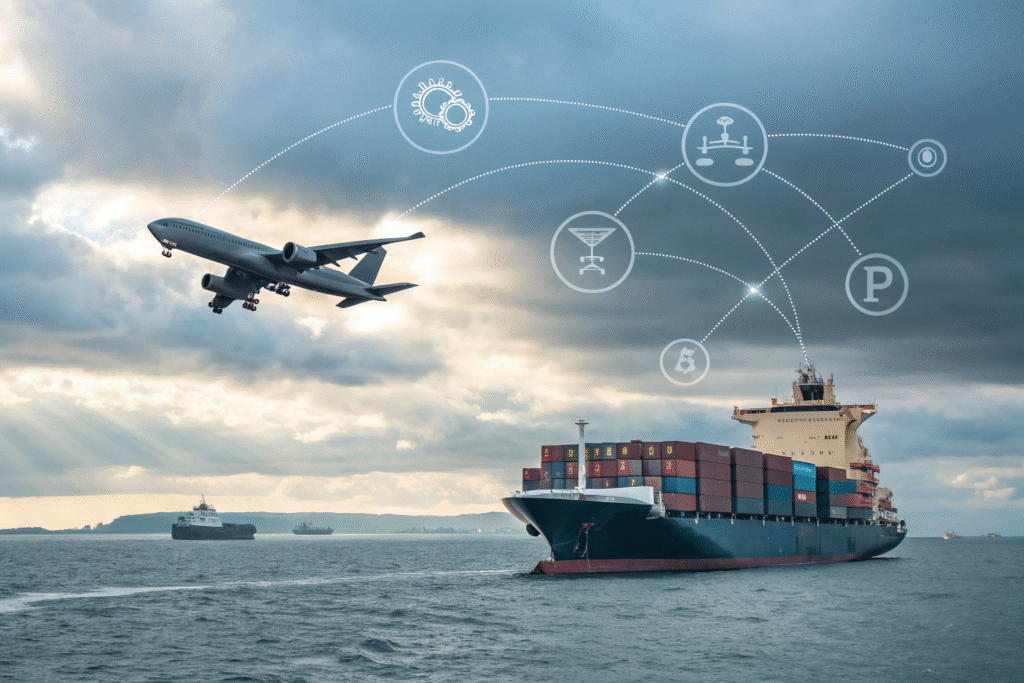
How do you track sea freight containers?
Each container has a unique ID. You can enter this on sites like Maersk Tracking or MSC Tracking to see location and expected arrival. Many forwarders send these links directly when sharing shipment details.
What about air freight tracking?
Air shipments use airway bill numbers for tracking. With tools like TrackTrace Air Cargo, you can find out which flight carries your cargo and when it is due to land. This makes monitoring air freight fast and clear.
What role do customs and documentation play?
Customs is one of the biggest reasons shipments face delays. If you do not know the clearance stage, you may think your cargo is lost or delayed indefinitely.
Tracking customs clearance gives you updates on when documents are submitted, checked, or approved. A strong freight forwarder will notify you at every stage.
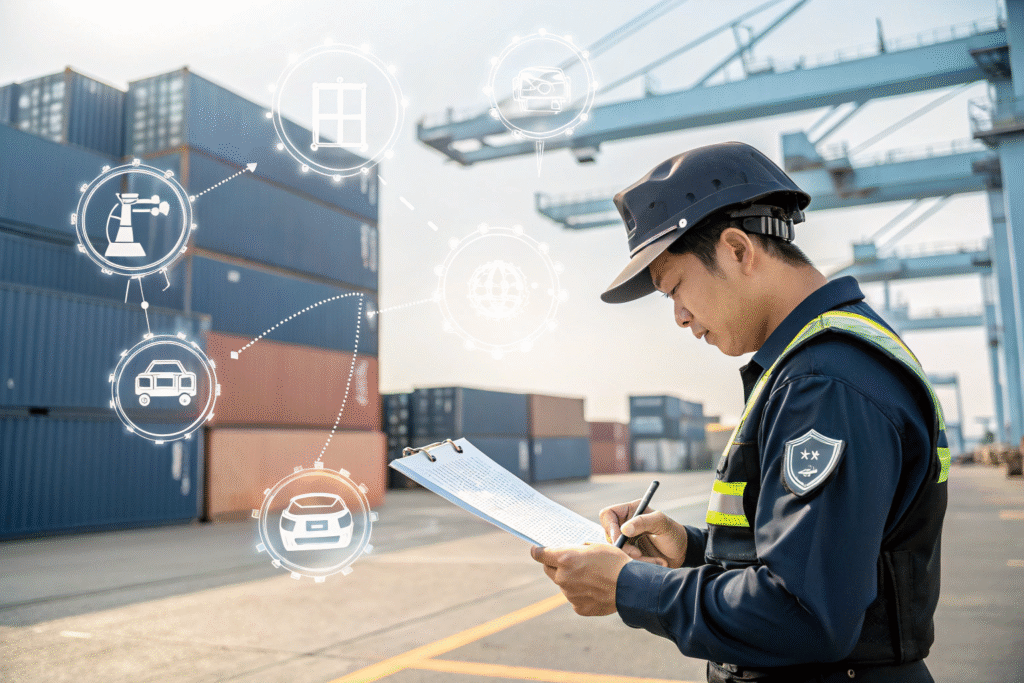
How can you track customs clearance status?
Forwarders connect directly with customs systems. They confirm when paperwork is filed and when the release happens. Some countries even let importers check status online. In the U.S., the Customs and Border Protection portal is a useful tool.
Why is documentation accuracy so critical?
Even small mistakes in invoices, packing lists, or HS codes can stop goods at the border. Using digital solutions like CargoDocs helps reduce errors. Correct documents keep shipments on schedule and give you clear tracking records.
Which tools and technologies make tracking easier?
Without modern tools, tracking would be slow and unreliable. Forwarders today combine technology with service to make cargo tracking smooth.
GPS, IoT sensors, barcode scanning, and digital dashboards give accurate shipment visibility across sea, air, and land. These tools keep clients updated with the latest movement of goods.
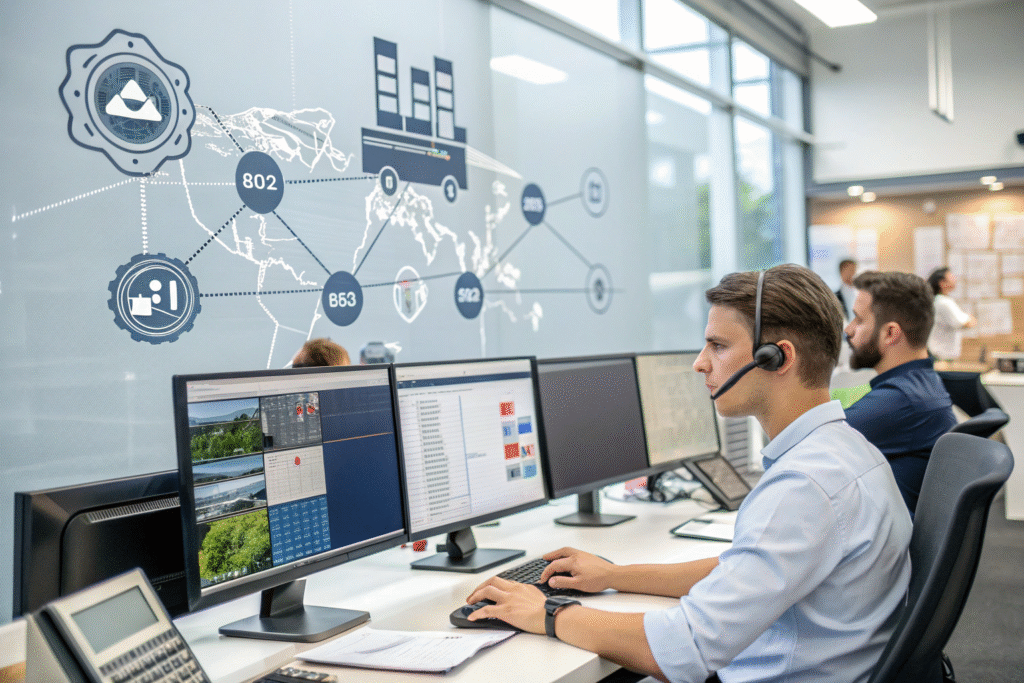
What digital tools do freight forwarders use?
Many companies use transport management systems (TMS) and visibility platforms. Well-known examples are Project44 and FourKites. These tools give real-time updates, predict delivery times, and send alerts when changes happen.
Can clients use mobile apps for tracking?
Yes. Many forwarders provide apps or web portals. With a login, you can check progress, delivery dates, and customs updates. Companies like Flexport even provide a complete client dashboard for full visibility.
Conclusion
Tracking your cargo is now an essential part of global trade. As someone who has helped clients move goods from Chinese factories to warehouses in the U.S. and Europe, I know buyers care about both speed and clarity. Real-time tracking, customs updates, and advanced technology all give you the peace of mind you need.
Choosing a trusted freight forwarder is not just about moving goods. It is about gaining control, stability, and confidence in every shipment you send.
